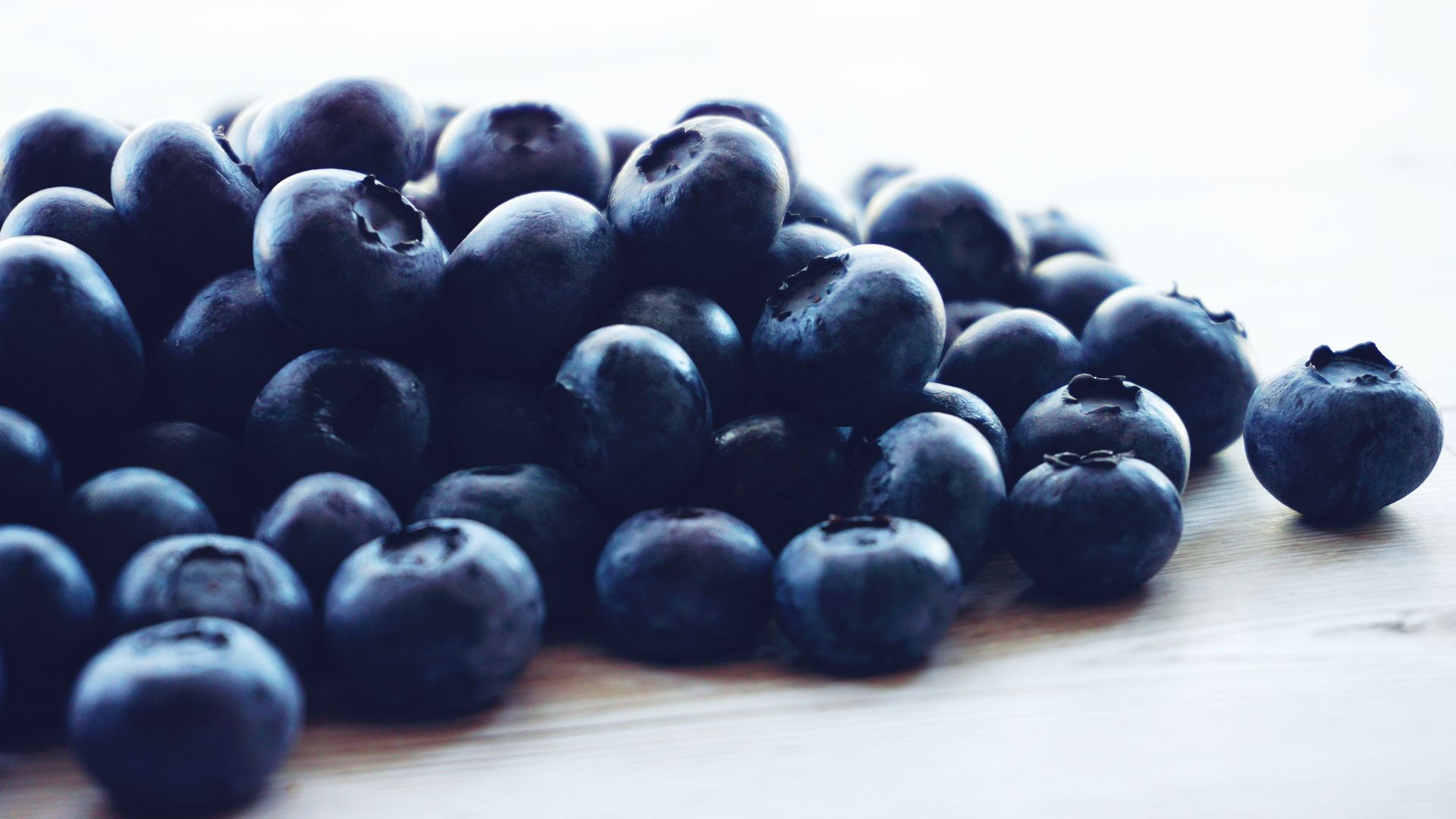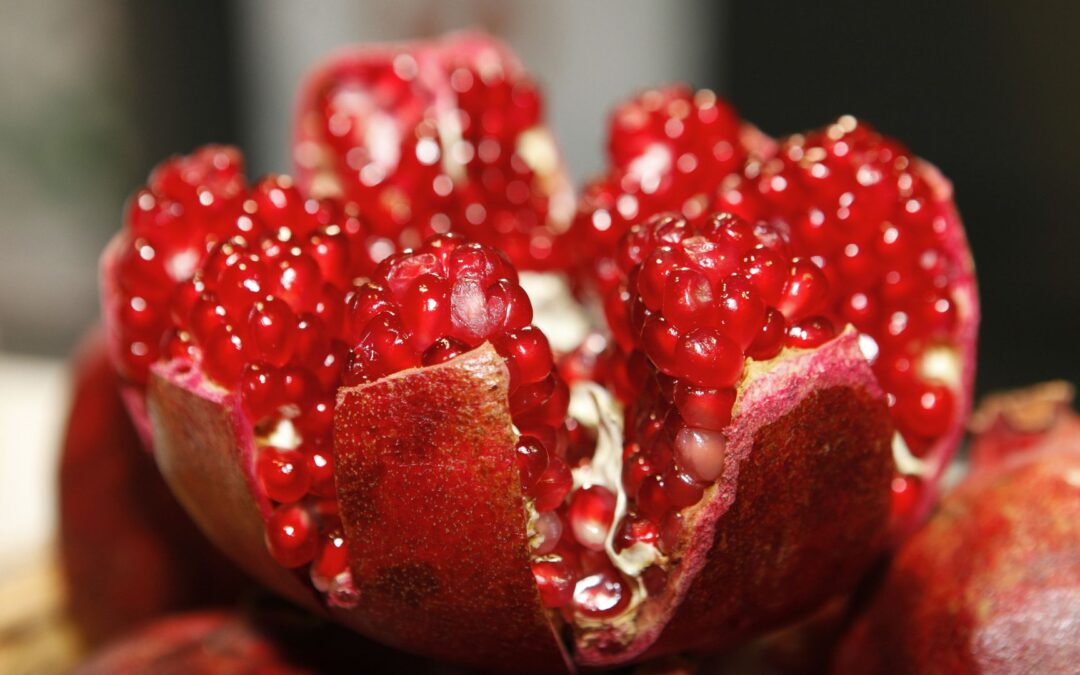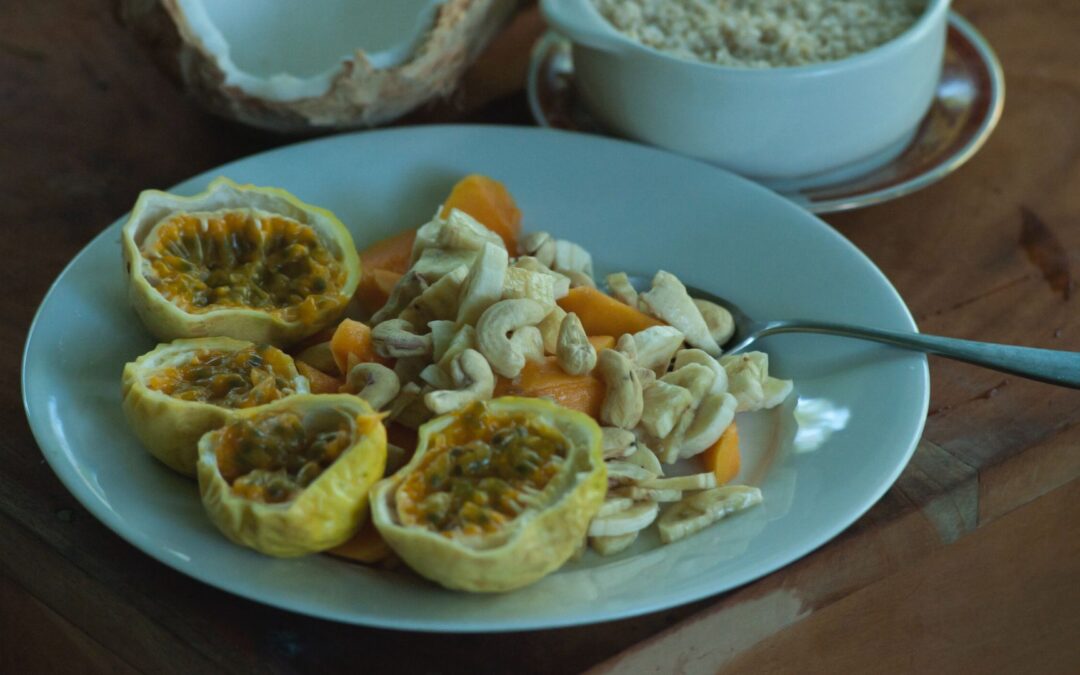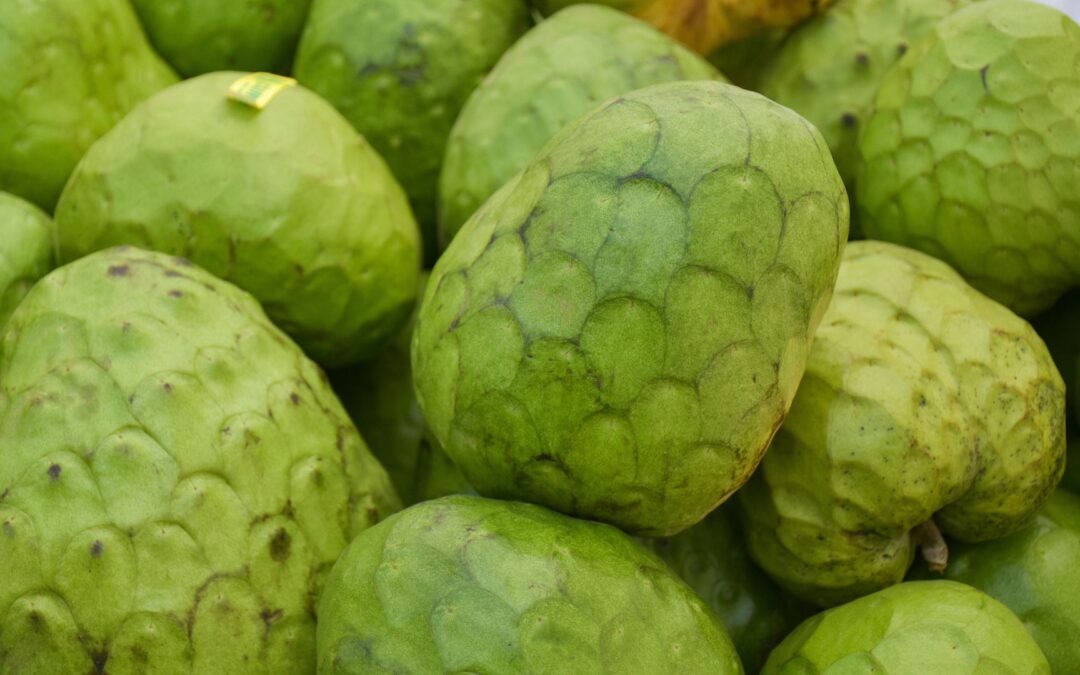Blueberries are a very popular and sweet fruit.
They are small and blue or purple and are easy to grow under the right soil conditions and can be consumed in their fresh form. Before the 20th century, they were found only in the wild, but since the 20th century, they have been produced commercially and a revolution has come in the production of blueberries ever since.
Blueberries are mainly a North American fruit.
They are currently all year round. Currently, they are produced in North and South America, Australia, and New Zealand. Although the USA is the biggest producer of this delicious food. In 2019, they produced 38% of the total production across the globe. Canada is the second-largest producer. There are mainly two types of blueberries available: 1. Wild Lowbush Blueberries and 2. Cultivated Highbush Blueberries. Up until the 20th century, only lowbush blueberries were available and they needed to be picked from the wild. But in the 20th century, scientists uncovered the secrets to cultivating them.
This sweet and juicy fruit can be consumed in its fresh form. But they are also available in preserved form. Apart from that, jams, jellies, and juices made from blueberries can also be found. There are various drinks and recipes centred around them as well. But only raw blueberries are said to have health benefits.
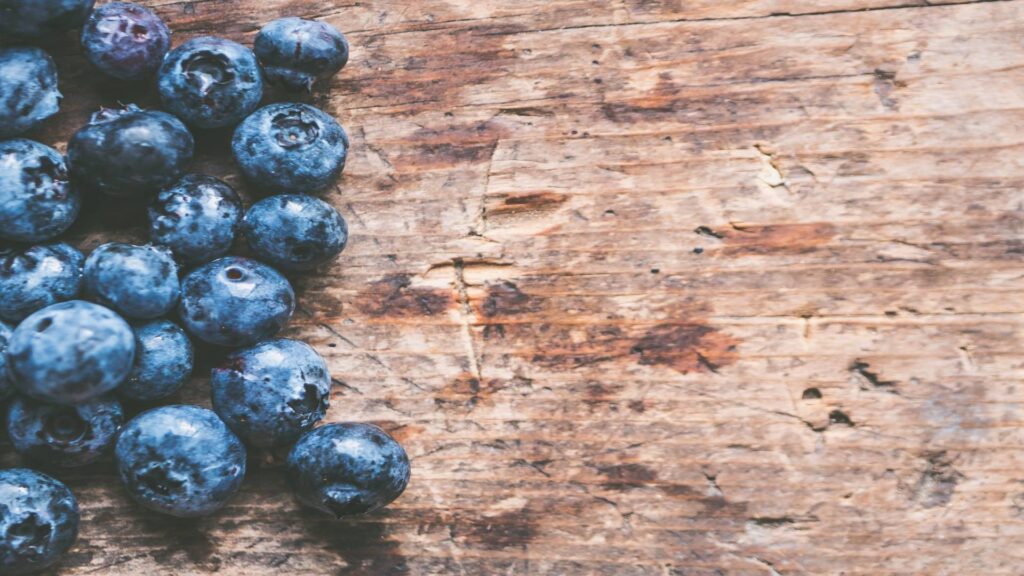
Blueberries are one of the few foods to be called a “superfood”. The health benefits of this fruit make it a befitting contender for this title. Blueberries are very high in antioxidants.
They contain essential nutrients, fibre and vitamins C and K. Blueberries are particularly popular because they are low in calories but high in nutrients. Apart from all this, blueberries help prevent heart diseases, help regulate blood pressure and sharpen memory. They are used as a medicine for treating cancer, diabetes, or chronic heart diseases. They are, therefore, deemed a natural health package.
Here’s a little trivia for you—the blue or purple color in blueberries is the result of a particular compound found in them named anthocyanin.

